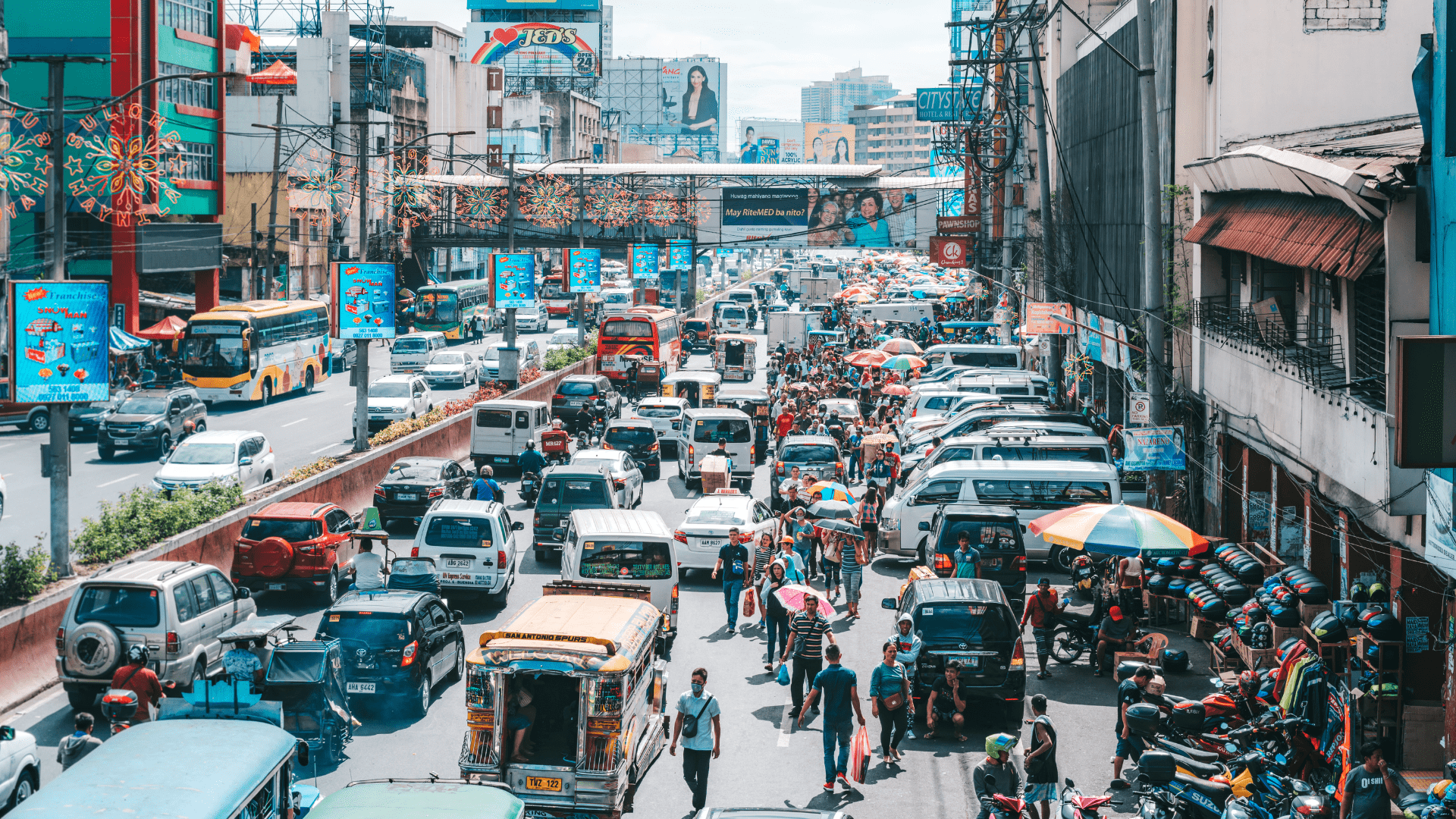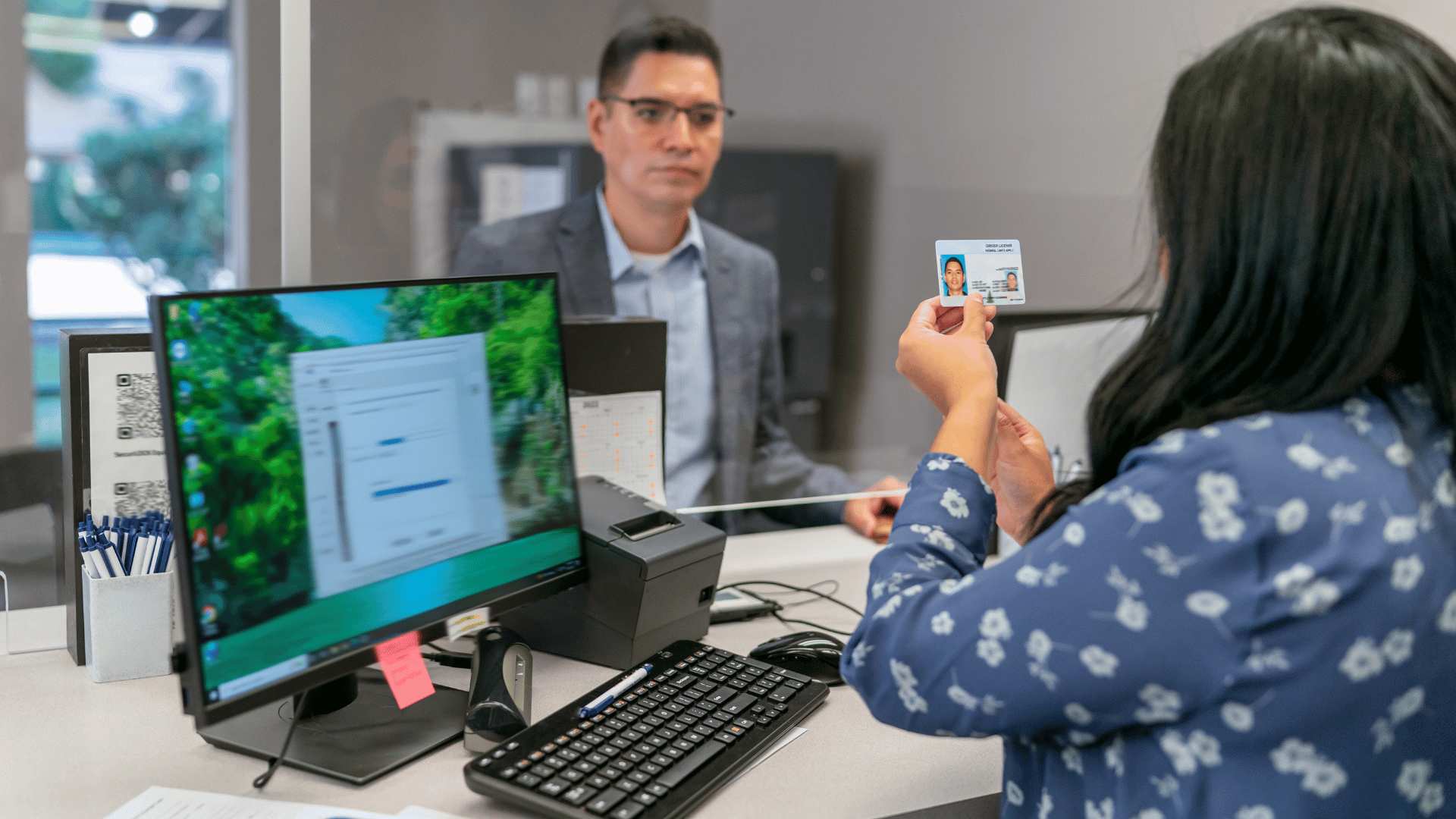In the bustling archipelago of the Philippines, the age-old debate between commuting and driving has taken on new dimensions in recent years. With rapid urbanization, population growth, and improvements in transportation infrastructure, Filipinos now face a choice that goes beyond mere convenience – it's a decision that impacts their quality of life, the environment, recent health crisis and even their mental well-being. This article delves into the pros and cons of commuting and driving in the Philippines today, aiming to shed light on which option offers greater convenience in the contemporary context.
The Commuting Experience In The Philippines
Commuting in the Philippines is a way of life for millions of Filipinos. It involves using various modes of public transportation, such as buses, jeepneys, tricycles, and trains, to navigate the congested streets and highways of major cities like Manila, Cebu, and Davao. Let's explore the commuting experience and evaluate its convenience.
1. Cost-Efficiency:
One of the key advantages of commuting is cost-efficiency. Public transportation is generally more affordable than owning and maintaining a private vehicle. For many Filipinos, the daily commute expenses are significantly lower than the costs associated with personal car ownership, including fuel, maintenance, parking fees, and insurance.
2. Reduced Traffic Stress:
Commuters often avoid the stress of navigating through heavy traffic, which is a common occurrence in Philippine cities. By opting for public transportation, they can relax, read a book, or catch up on work during their journey, reducing the mental health strain caused by traffic congestion.
3. Environmental Impact:
Commuting is generally considered more environmentally friendly than driving a private vehicle. A single bus or train can carry dozens or even hundreds of passengers, reducing the overall carbon footprint compared to the emissions of multiple cars on the road and save time.
However, the convenience of commuting is not without its downsides:
1. Crowded Public Transport:
Overcrowding on public transportation is a significant issue in many Philippine cities. Passengers often have to endure cramped conditions, long queues, and unreliable schedules, leading to a less-than-pleasant commuting experience.
2. Limited Routes and Schedules:
Public transportation routes and schedules may not always align with an individual's specific needs, making it challenging for some to access certain areas or adhere to tight schedules.
The Driving Experience In The Philippines
On the other hand, driving a private vehicle in the Philippines provides a different set of advantages and disadvantages. Let's delve into the driving experience and assess its convenience.
1. Flexibility:
Owning a car offers unparalleled flexibility. Drivers can go wherever they please, whenever they want, without being bound by the schedules and routes of public transportation. This flexibility is particularly valuable for those with irregular work hours or frequent trips to remote areas.
2. Comfort and Privacy:
Driving a private vehicle provides a level of comfort and privacy that public transportation cannot match. You have control over the personal vehicle itself's cleanliness, temperature, and music selection, making for a more personalized travel experience.
3. Safety:
Some Filipinos prefer driving as they perceive it to be a safer option, especially during late hours or in areas with questionable security. Having a car provides a sense of security and control over one's surroundings.
However, the convenience of driving in the Philippines comes with its own set of challenges:
1. Traffic Congestion:
The Philippines is notorious for its traffic congestion, especially in major urban centers like Metro Manila. Commuters and drivers alike face hours of gridlock, leading to wasted time and increased stress levels.
2. Parking Woes:
Finding parking space in crowded cities can be a nightmare. Limited parking spaces and exorbitant fees make parking a significant inconvenience for drivers.
3. Maintenance Costs:
Maintaining a private vehicle in the Philippines can be expensive. Regular maintenance, repairs, fuel costs, and insurance premiums can add up quickly, putting a strain on the owner's finances.
Comparing Convenience of Commuting and Driving in the Philippines
To determine which option is more convenient in today's Philippines, we must consider several factors:
1. Traffic Conditions:
Traffic conditions vary by location and time of day. In some areas, driving may offer a more convenient and time-saving option, while in others, commuters might have a smoother journey due to dedicated lanes for public transportation.
2. Accessibility:
The convenience of driving vs commuting depends on the availability and accessibility of public transportation in a particular area. Some places may have well-developed transit systems, while others lack reliable options, pushing residents towards driving.
3. Lifestyle and Preferences:
Individual lifestyle, work hours, and preferences play a significant role in deciding between commuting and driving. Those who value flexibility and privacy might find driving more convenient, while those who prefer cost-efficiency and the benefit from reduced stress might opt for commuting.
4. Environmental Considerations:
As environmental consciousness grows, more Filipinos are considering the impact of their transportation choices. Commuting tends to be more eco-friendly, which may sway the decision for those concerned about sustainability.
5. Cost of Ownership:
The cost of owning and maintaining a car versus the cost of commuting can vary widely. It's essential to evaluate these financial aspects in the context of one family's budget and priorities.
6. Urban Planning and Infrastructure:
Government investments in transportation infrastructure and urban planning greatly influence the convenience of both commuting and driving. Well-planned cities with efficient public transit and transport systems can tip the scale towards commuting.
The choice between commuting and driving in the Philippines is a complex decision that depends on individual circumstances, preferences, and the specific context of the journey. As of today, there is no one-size-fits-all answer to which is more convenient. Instead, it's a matter of weighing the pros and cons of each option and considering factors like traffic conditions, accessibility, lifestyle, and environmental concerns.
In the ever-evolving landscape of the Philippines, urban planning and transportation infrastructure improvements may shift the balance in favor of commuting for some, while others will continue to find the flexibility benefits and comfort of driving more convenient. Ultimately, the decision should be made with careful consideration of personal needs and priorities to ensure a convenient and sustainable transportation choice in the Philippines today.
How professionals typically commute to work
Professionals in the Philippines employ various means of commuting to work, depending on factors such as their location, financial capacity, and personal preferences. Here are some of the common methods of commuting to work for professionals in the Philippines:
1. Public Transportation:
- Jeepneys: These are the iconic, shared, and colorfully decorated mini-buses that dominate the streets of many Philippine cities. They offer an affordable means of commuting for many professionals, but they can be crowded and subject to frequent stops.
- Buses: In larger cities like Manila, buses operate on specific routes, providing a more spacious but often slower mode of transportation.
- Trains (LRT and MRT): The Light Rail Transit (LRT) and Metro Rail Transit (MRT) systems are available in Metro Manila. These are generally faster and less affected by traffic, making them popular among commuters.
2. Taxis and Ride-Sharing:
- Taxis: Taxis are available in most urban areas, providing a more comfortable but pricier option for commuting.
- Ride-Sharing Apps: Services like Grab and Uber (now part of Grab) have gained popularity in recent years, offering a convenient way to commute for professionals who prefer the comfort of a private vehicle and the ease of cashless payments.
3. Motorcycles and Tricycles:
- Motorcycles (Habal-Habal): In some areas, professionals opt for motorcycle taxis, known as habal-habal, which can navigate through traffic more easily.
- Tricycles: These three-wheeled vehicles are commonly used for short trips within residential neighborhoods and are particularly prevalent in smaller towns and rural areas.
4. Walking and Biking:
In areas with short distances between home and work, some professionals prefer to walk or use bicycles for their daily commute. This is a healthier and more environmentally friendly option.
5. Carpooling:
Carpooling, where professionals share rides with colleagues or neighbors who have similar commuting routes, is gaining popularity as a way to reduce transportation costs and minimize the number of vehicles on the road.
6. Company Shuttles:
Some larger companies and business districts provide shuttle services for their employees. These shuttles offer a convenient and often more comfortable way to get to work.
7. Work-from-Home (WFH):
In recent years, the COVID-19 pandemic has accelerated the adoption other forms of remote work arrangements. Many professionals now have the option to work from home, eliminating the need for daily commuting altogether and have increased job satisfaction among Filipinos.
It's important to note that the choice of commuting method can vary greatly depending on the region, traffic conditions, and individual preferences. In congested urban areas like Metro Manila, professionals might combine multiple modes of transportation to reach their workplaces efficiently. Additionally, the Philippine government has been making efforts to improve public transportation infrastructure, which may impact how professionals choose to their commute time in the future.
For more information on Vista Residences, email [email protected], follow @VistaResidencesOfficial on Facebook, Twitter, Instagram, and YouTube, or call the Marketing Office at 0999 886 4262 / 0917 582 5167.







